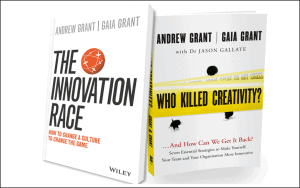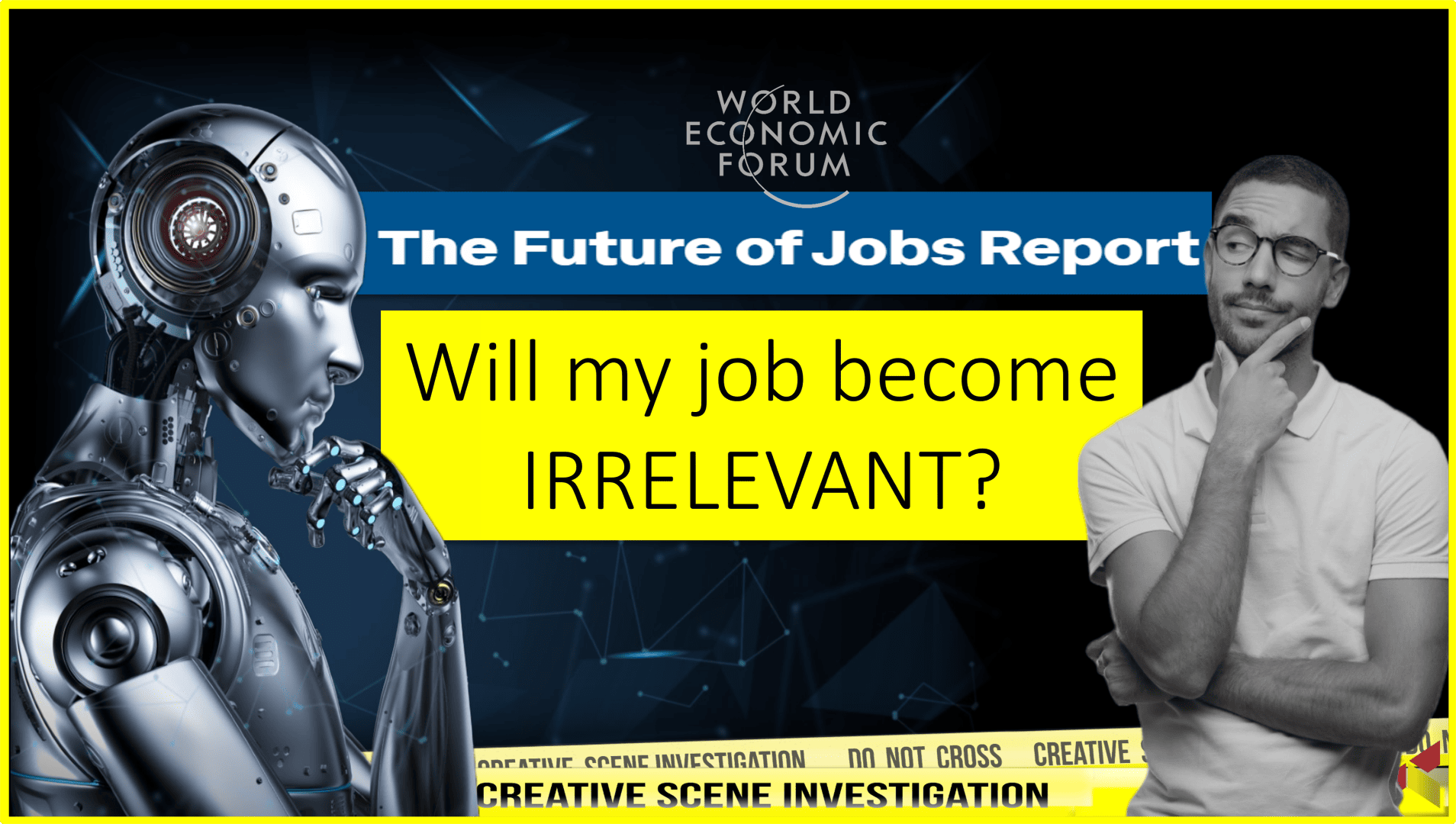The big news from over a decade of The Future of Jobs report from the (WEF) World Economic Forum is that creative thinking and critical thinking remain the most important skills for workers, even with the emergence of AI and its associated technologies!
We recently asked hundreds of university students to explain how they were going to apply design thinking tools learnt in class to a specific project challenge in a short report. It was easy to spot those that had relied on generative AI.
What we noticed was that some students gave us summaries of the design thinking process that were unrelated to the specific content taught in class. Others had some connection to the content taught but no relationship or tenuous relationships at best to the specific project challenge they were working on.
The real skill was in understanding the tools, analysing and identifying the core issues, and thinking of creative ways to apply the model and tools to the specific challenge. What was missing for so many students was the unique combination of creative and critical thinking applied to the real world scenario.
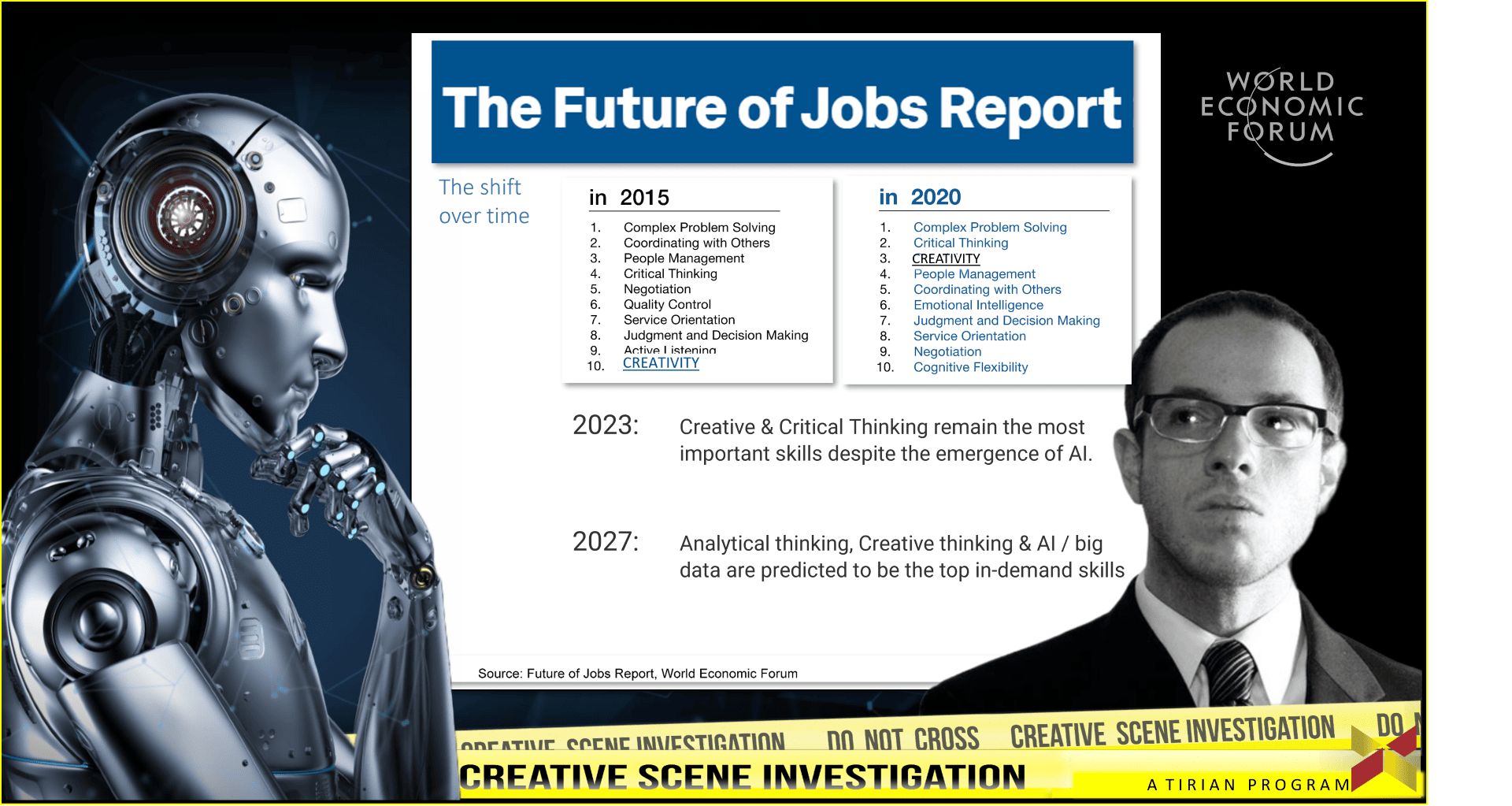
The future requires fast and flexible thinking.
According to the newly released World Economic Forum’s latest Future of Jobs Report 20231, critical and creative thinking have yet again been identified as the top two most important skills for dealing with the rapidly changing labor market landscape.
Creative and critical thinking have consistently ranked in the top 3 skills in these reports since 2015. The application of creative and critical thinking, which, when utilized together, assist with innovative thinking and problem solving, will allow workers to bring innovative ideas to the table.
These skills come ahead of three related self-efficacy skills: resilience, flexibility and agility. Our argument has always been that the development of both creative and critical thinking will naturally lead to the ability to solve problems innovatively and cope with change better, so this result absolutely makes sense to us.
What’s particularly interesting is that in 2015 negotiation was topping the list of skills. From 2020 this began to shift from the top 10 positions as machines drawing on masses of data started to make our decisions for us.
How the rise of machines has impacted the ‘most wanted’ skills list
Machines can literally now do the physical and cognitive hard lifting for us. A report from McKinsey has highlighted that the need for basic cognitive skills along with manual and physical skills is therefore in decline.
At the same time, demand for social / emotional, technological, and higher level cognitive skills continues to grow.
Rather than focusing on manipulating information at a simple level, the skills focus for the future will be on being able to translate the application of knowledge into different contexts.
Becoming inherently human
With the avalanche of new products, new technologies and new ways of working, workers are going to have to become more creative to effectively leverage these opportunities.
Goldman Sachs economists say the world’s GDP will improve by 7% over the next 10 years, but two-thirds of existing occupations are likely to be automated. The Nasdaq is up this year US$4 trillion from AI investments alone.
As AI continues to advance and disrupt traditional job roles, it is becoming increasingly important to upskill by developing “inherently human” capabilities.
It’s no wonder that the WEF’s report is predicting that AI and big data will be top in-demand skills by 2027, adding incredible capacity to the already compelling need for innovative problem solving skills.
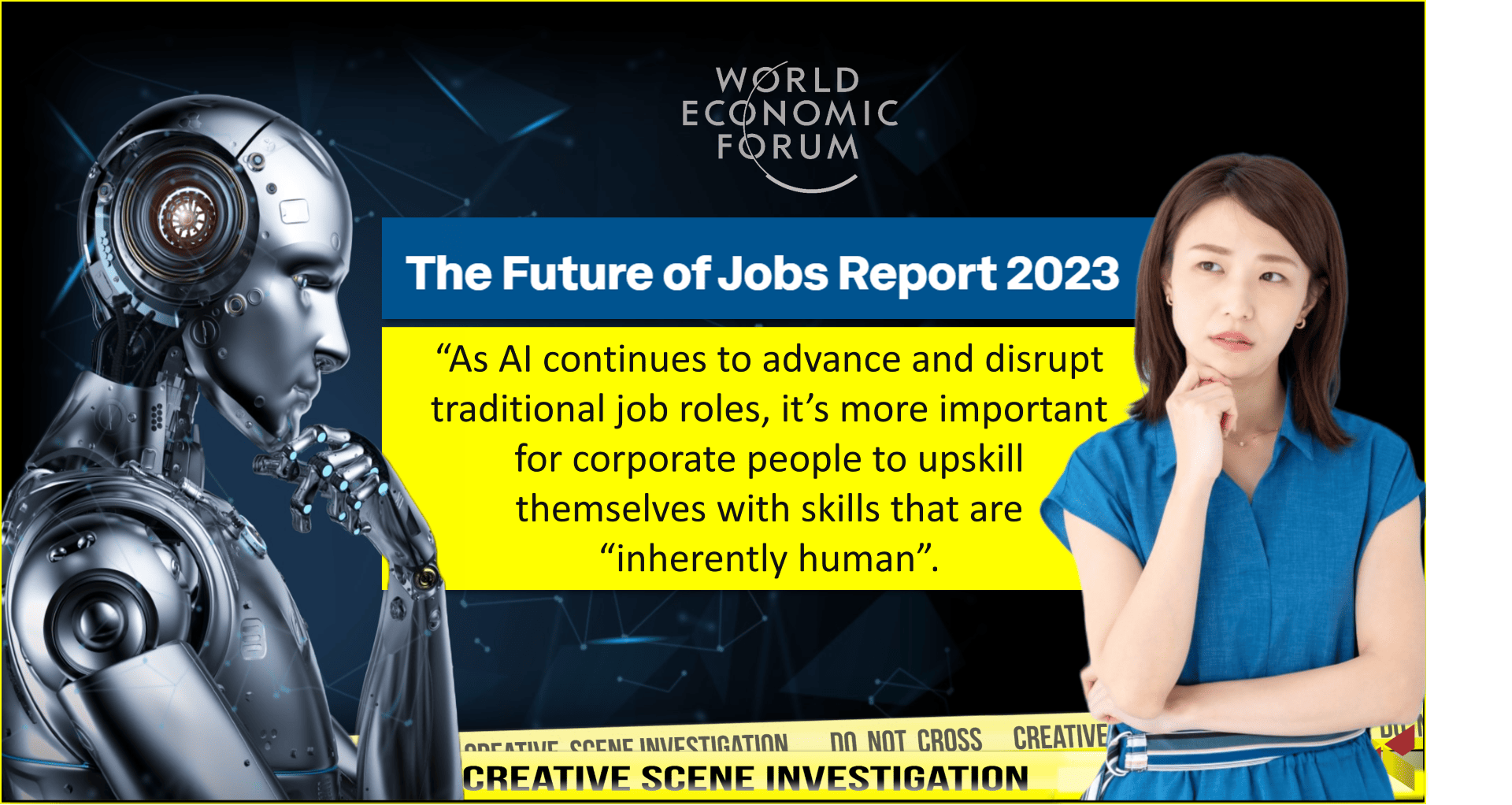
Leveraging AI to stay ahead of the curve
The calculator revolutionized the way we learn math by freeing us from tedious calculations and allowing us to focus on breaking new boundaries. In the same way, AI and tools like ChatGPT can help us generate novel ideas. Creative and critical thinkers will be among the first to unlock the creative potential of new technologies and reap the benefits of AI.
The key is knowing what questions to ask to generate the most creative responses.
Creative thinking will be essential for coming up with these questions, while critical thinking will be necessary for ensuring that the responses are relevant, accurate, feasible and applicable.
To improve your creative and critical thinking skills
Here are some practical tips for developing these skills:
- Identify the core challenge: Before you start to look for creative ideas make sure the core challenge has been identified in a clear problem statement and the best research question has then been defined.
- Cultivate curiosity: Ask lots of questions and look at problems from different perspectives and generate more creative solutions. With AI now being capable of generating and answering many different types of questions, a key skill needed will be to learn to frame the challenge appropriately and ask the right questions.
- Practice generating original ideas: Sit down regularly and try to come up with ideas related to random topics to inspire ongoing creativity.
- Move outside your comfort zone: Challenge yourself to think about things differently and engage in new experiences through exploring different options or different possible pathways.
- Take a break and go for a long walk: Engaging in leisure activities that reduce stress can help stimulate creative thinking. This will allow you to access all parts of your brain. Clear your mind and improve your ability to concentrate and make smart decisions.
- Visually organize information as you go: This will help you to start to make sense of the ideas generated and generate further new ideas.
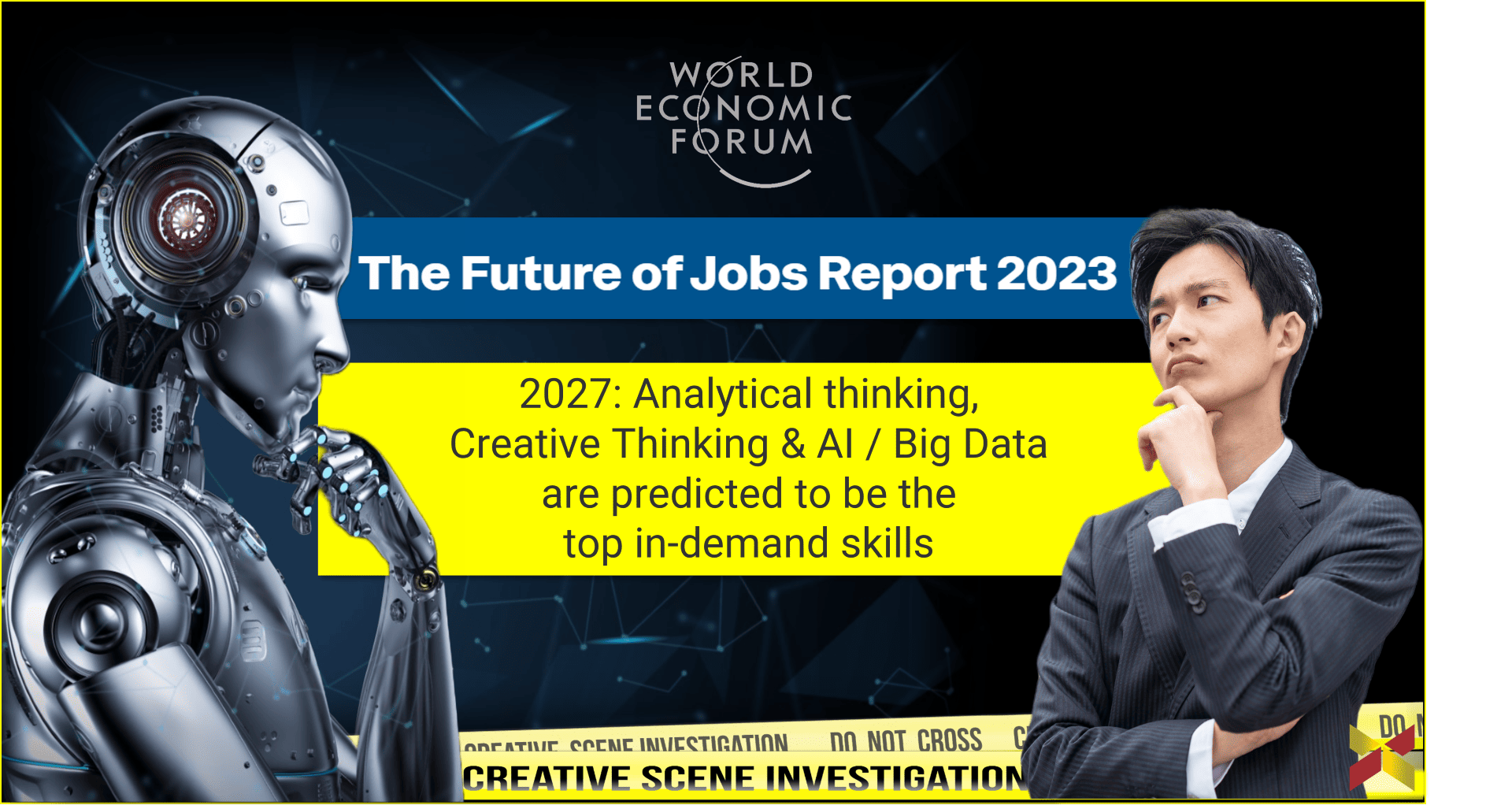
The combined power of the 2 top skills
Use both creative thinking to generate new ideas, and critical or analytical thinking to ensure ideas can be assessed and implemented.
There are many practical steps you can take to improve your creative and critical thinking skills. By incorporating these tips into your daily routine, you can train your brain to be more creative and better equipped to navigate the rapidly changing business landscape.
by Andrew Grant & Gaia Grant (PhD)
“Who Killed Creativity and How Can We Get it Back?” is reaching 10 years old. And yet the research methods and solutions in the book are as relevant now as ever. Reinforced by these WEF reports. Creativity was then and is now a top skill needed, and yet for many adults, its been blocked. This book helps identify the suspects that killed creativity both psychologically – in our minds and environmentally -in the workplace and the rescue strategies to get it back. Far from just a fun memorable metaphor, the book was written with a neuroscientist and psychologist along with the key authors who have spent 20 years working in a corporate context to help leaders and teams use their creativity. An important prelude for anyone wanting to embark on design thinking.
